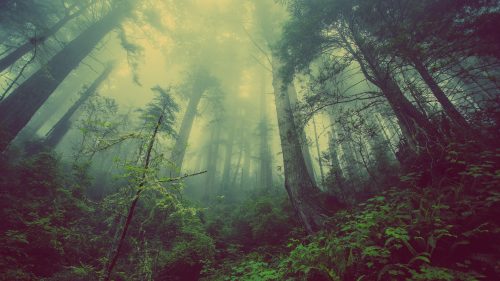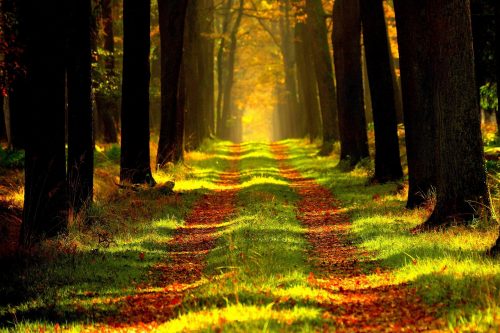IKEA purchased 11,000 acres of forest to protect it from development!
Based on the latest report, Swedish retail giant IKEA has purchased a mass forestland area to protect its diverse ecosystems. Catch the full news below!

IKEA purchased 11,000 acres of forest to protect it from development!
The Ingka Group (which is the owner and operator of many IKEA outlets) has chosen to acquire a total of 10,840 acres of land. From the company’s statement, the area is near the Altamaha River Basin in the U.S. Explaining the reason behind such decision; they shared to the press: “We truly believe responsible forest management is possible…, and by extension, the planet — is to restore forests and plant more than we harvest,”
Ingka Investments director Krister Mattsson also stressed the importance of nature conservation. The main goal is to prevent this land from being divided and forever remains forestland. Aside from that, this area is also the home of 350 plants and species. Notably, some of them are now protected types like the endangered longleaf pine and gopher tortoise. Among them, the longleaf pine forest expanded up to 90 million acres.

In Georgia, they even take up half of the state’s southern land. However, there is only 4% of that forest left. One of the main reasons for such a drastic decrease was clearing for development plus agriculture, fire suppression. Furthermore, there is also the push to spread faster-growing pine types like loblolly and slash. On the other hand, the company has acquired the land from The Conservation Fund (a non-profit conservation organization). “We applaud its dedication to preserve and enhance forest quality,” – Larry Selzer (the Fund president) claimed. “Well-managed forests will provide essential benefits, including clean water and important wildlife habitat, as well as mitigating climate change.” she further added.
Ongoing projects
The firm has managed to buy up to 612,821 acres of forestland in the U.S., Estonia, Latvia, Lithuania, and Romania since 2014. Moreover, they also possess many forest properties in Alabama, Oklahoma, South Carolina, and Texas. In the future, they plan to plant 7 million seedlings in countries all over the world.








